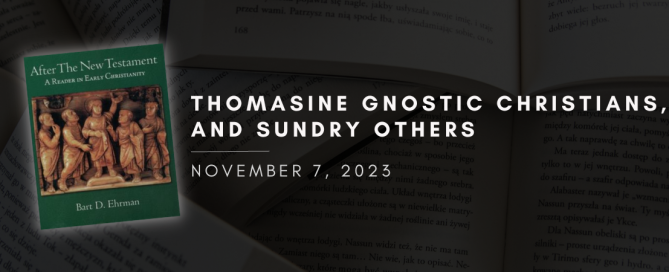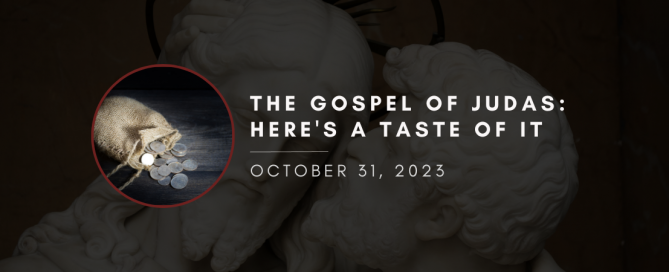The Most Significant Study of Christian “Heresy” in Modern Times
In my last post I started discussing the terms “orthodoxy” and “heresy,” pointing out that their traditional/etymological meanings are not very helpful for historians. “Orthodoxy” literally means the “right belief” about God, Christ, the world and so on. That means it is a theological term about religious truth. But historians are not theologians who can tell you what is theologically true; they are scholars who try to establish what happened in the past. And so how can a historian, acting as a historian, say that one group of believers is right and that another is wrong? The problem with the two terms came to particular expression in a book written in 1934 by a German scholar named Walter Bauer. The book was auf Deutsch, but its English title is Orthodoxy and Heresy in Earliest Christianity. For my money, this was the most important book on early Christianity written in the 20th century. It completely revolutionized how we are to understand the theological controversies that were wracking the Christian church in its early years. If you [...]



